Here’s a handy dandy list of 12 dangerous Australian animals out to kill us all.
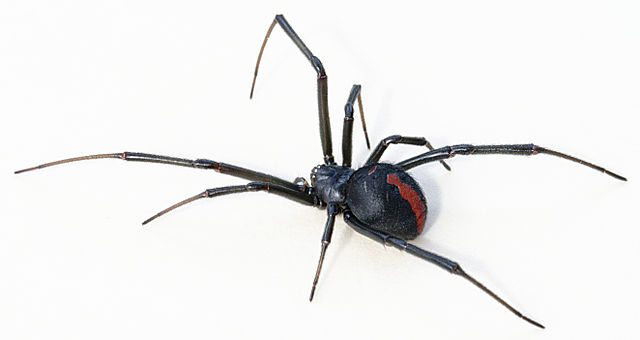
Redback spider: Belonging to the widow family of spiders, no redback spider-related deaths have been reported since the introduction of the antivenom in 1984. I guess that’s encouraging, but its bite is said to cause severe pain. On the bright side, this spider is not immediately aggressive and plays dead when threatened. The female redback, shown above, usually lives in an untidy web in a warm, sheltered location.
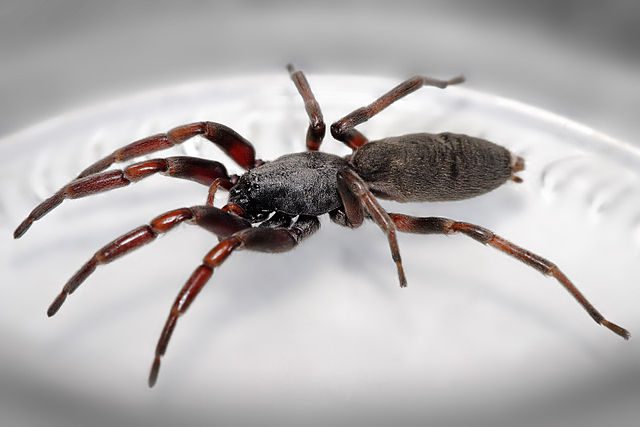
White-tailed spider: Theo shudders at the mere mention of these vagrant hunters that wander about human dwellings. Its bite is painful and can cause ulcers and necrosis.
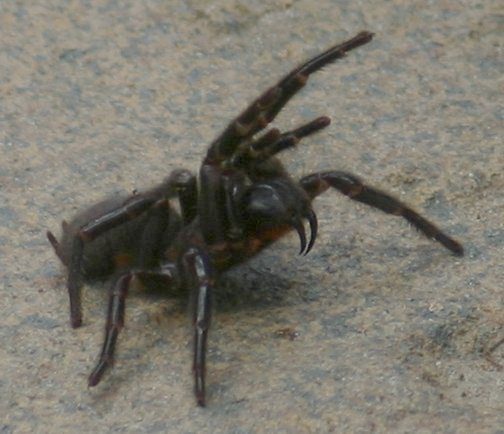
Funnel-web spider: Funnel spiders are a subfamily of spiders. A number of the species produce venom that is dangerous to humans. The bite of six of the species can cause severe injuries. The aggressive Sydney funnel-web spider is one of the most dangerous in the world. However, no deaths have been recorded since the introduction of the antivenom in 1981.
When it comes to spiders in Australia, it’s best to assume they’re all dangerous and seek immediate medical attention if you’ve been bitten by one. If possible, capture the spider (dead or alive) and bring it with you to the hospital for identification.
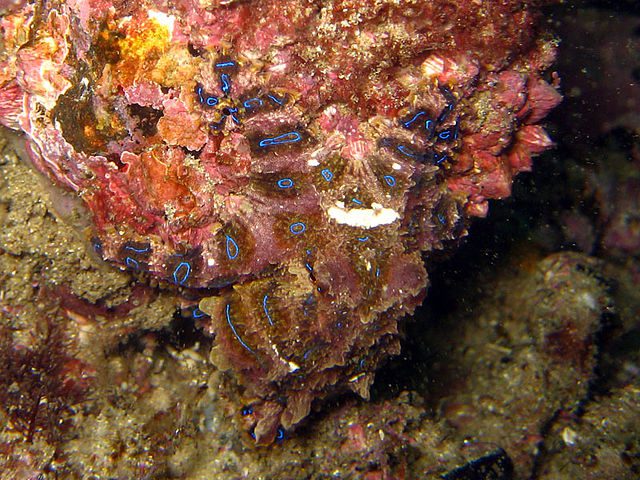
Blue-ringed octopus: This beautiful and small (5-8 inches) octopus is one of the world’s most venomous marine animals. Its bite is tiny and painless, but its powerful venom causes motor paralysis and respiratory arrest within minutes. There is no antivenom and treatment involves artificial respiration until paralysis subsides and the victim regains the ability to breathe on their own.
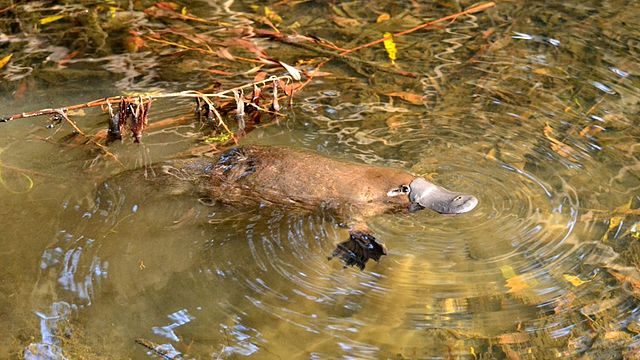
Platypus: The male has ankle spurs that produce a cocktail of venom. Although it is not lethal to humans, it is so excruciatingly painful that it can incapacitate a person for a long period of time. It is resistant to painkillers including morphine.
Jellyfish: There are about 1800 species of jellyfish and they’re not all deadly, but I’ll just assume they can all kill me. What people call “box jellyfish” is actually a family of jellyfish, some more venomous than others, and at least one of which can kill a human in under three minutes. There are treatments and antivenom for some species. Remarkably, only 63 lives have been claimed by box jellyfish in Australia since 1884.
Crown-of-thorns starfish: This is a large, multiple-armed starfish covered in venomous thorn-like spines. If you saw it, hopefully you wouldn’t want to touch it anyway. This starfish causes serious wounds and its neurotoxin causes a sharp stinging pain that can last for hours.
White pointer shark: Otherwise known as the great white shark. Nuff said.
Every other shark: I don’t think this requires any further explanation.
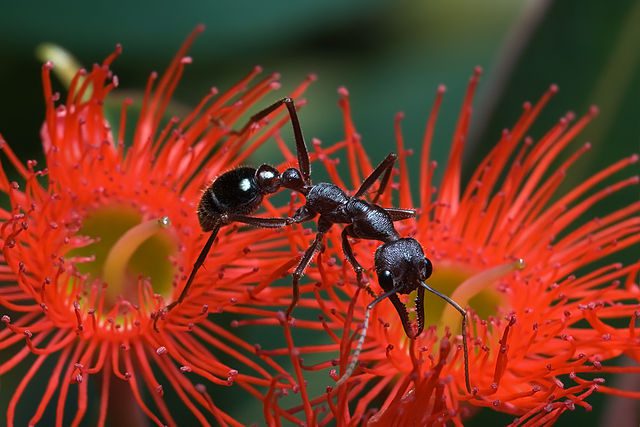
Bull ant: Almost all of the approximately 90 species of bull ants are endemic to Australia. They are large and display defensive behaviour. You might be asking what defensive behaviour is, but you’ll know it when you see it. Whereas most ants retreat when threatened, bull ants will swarm and attack. They use their large jaws to grab hold of you and then use their stinger to inject venom. It’s said to be excruciatingly painful, but it can also be extremely dangerous because a person may have a severe allergic reaction. In these cases, bull ant bites can be fatal. Avoiding bull ants can be difficult. Many encounters happen in gardens. Wearing closed footwear can reduce the risk of getting stung though they can bite through fabric.
Snakes: Australian snakes are the most venomous in the world. Snakes are the only deadly animals I’m not particularly afraid of. Snakes generally sense people and flee long before we see them, but there are some aggressive species. There are about two snake-related deaths each year. Treat snakes like spiders: assume they’re all deadly and seek immediate medical attention if you are bitten.
Crocodiles: The saltwater crocodile, which is found throughout Northern Australia, has a long history of attacking humans who unknowingly venture into its territory. Survival is unlikely due to its power, size, and speed. Fatal attacks are reported every year.
Freshwater crocodiles are found in Western Australia, Queensland, and the Northern Territory. Although it can deliver a nasty bite, unlike its mean saltwater cousin, the freshwater crocodile does not attack humans as prey.
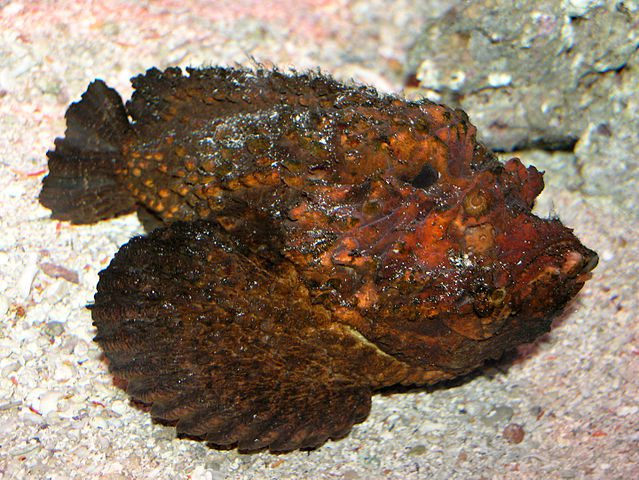
Stonefish: Because it looks like a rock, a swimmer may not notice it and step on a stonefish, the most venomous fish in the world. The pain is said to be so severe that victims ask for the affected limb to be amputated. It can be fatal, but there are treatments and antivenom.
Honestly, I don’t know how anyone is still alive in Australia.
[youtube=http://www.youtube.com/watch?v=wy_TB6onHVE]

Pretty sure I had Drop Bears on that list.
Haha. You didn’t include drop bears on the list, but I’m going to devote a special entry to these extremely dangerous animals.